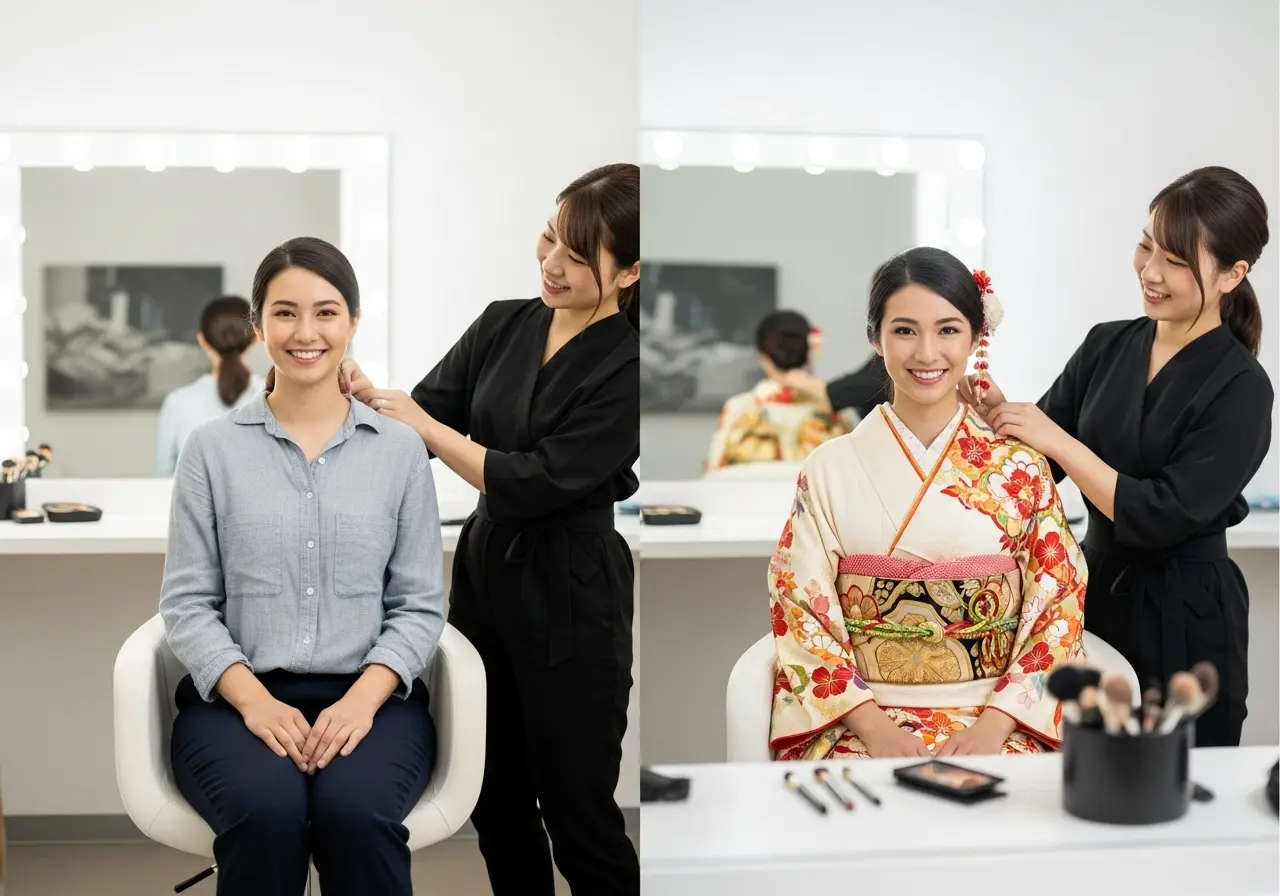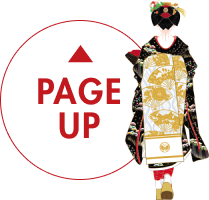Terms of service
Article 1 Introduction Article 2 Reservation registration procedure Article 3 Reception and provision hours of this service Article 4 Contents and usage fees of this service Article 5 Late fees for this service Article 6 Items that cannot be kept Article 7 Handling of lost items Article 8 Prohibited matters for users Article 9 Suspension/Abolition of Service Article 10 Cancellation of contract Article 11 Disclaimer Article 12 Elimination of anti-social forces Article 13 Handling of personal information Article 14 Terms of Use/Changes to services, etc. Article 15 Prohibition of transfer Article 16 Governing law and jurisdiction
CLOSE





